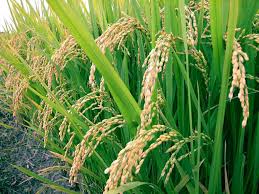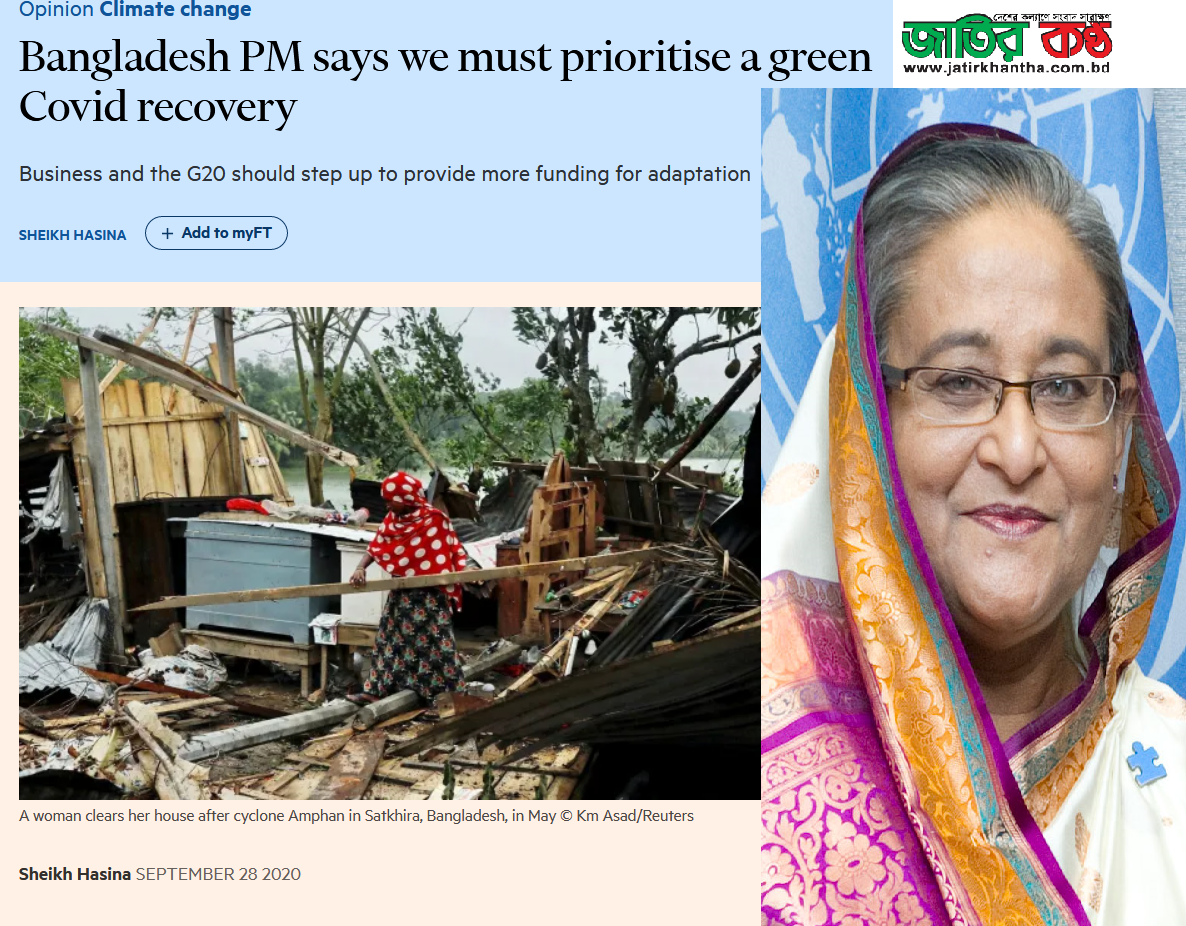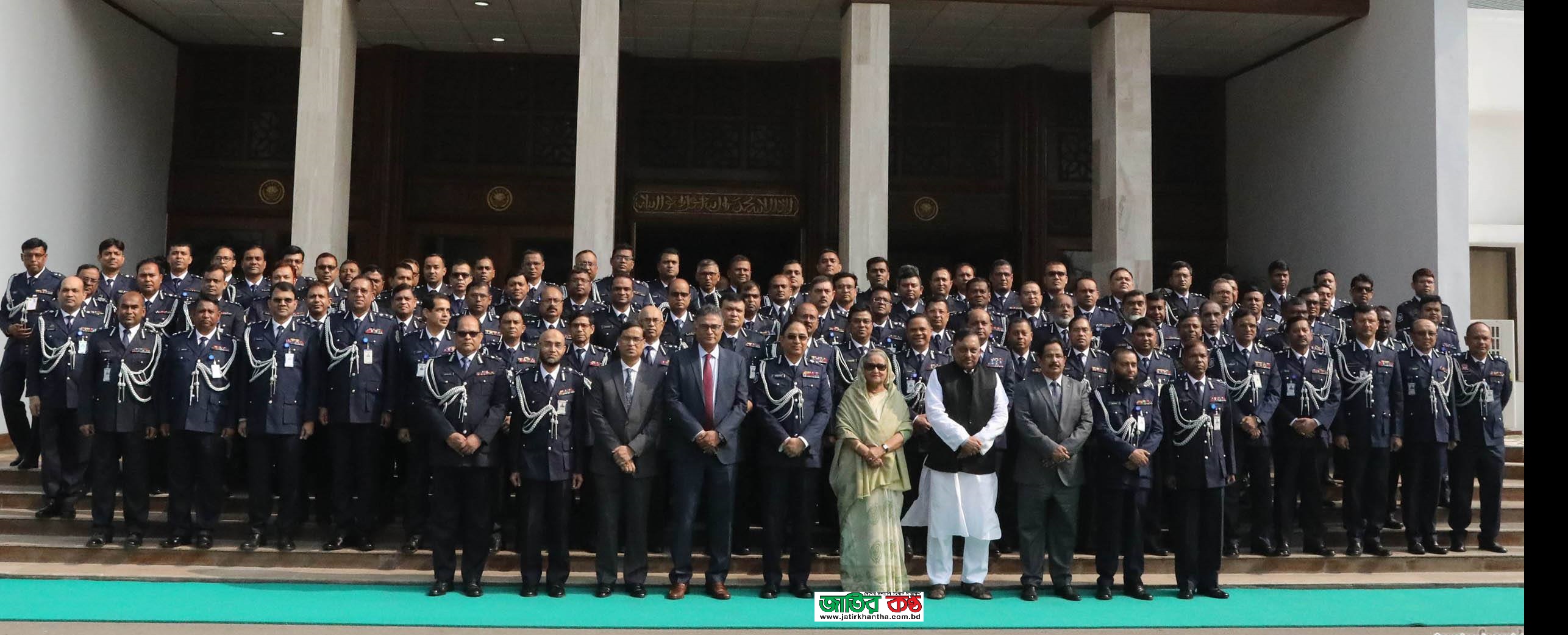‘Bangladesh is an example for rest of the world in food production’
 Hasanur Rahman: ‘Bangladesh is an example for rest of the world in food production’. Bangladesh has done well in increasing food production despite its huge population on a small land mass. Scientists have been coming up with new crop strains and handing these over to the farming community, ensuring food security for the country,
Hasanur Rahman: ‘Bangladesh is an example for rest of the world in food production’. Bangladesh has done well in increasing food production despite its huge population on a small land mass. Scientists have been coming up with new crop strains and handing these over to the farming community, ensuring food security for the country,
Bangladesh has managed to triple its rice production since its independence in 1971.In these 44 years, the country has been able to increase production of food grain, including rice, from three to 757 times more that that were in 1971, says a recent report of the Bangladesh Bureau of Statistics (BBS).
Bangladesh lost 18% of its cultivable land in 44 years but its rice production increased 3.16% during this time, says the BBS report.
When asked about the surprising progress in rice production, Prof Mahboob Hossain of BRAC University’s economics and social sciences department told that the achievement was both that of the farming community and agriculture scientists.
Besides farm labour, Bangladeshi scientists have come up with new varieties of food grain. And farmers are eager to invest in cultivation as the demand of crops has increased in the market, Mahboob Hossain added.
According to the BBS report, potato production in the country increased 10.90 times, wheat by 12.25 times and corn by a surprising 757 times, in 44 years since the independence of Bangladesh.
However, it is different in case of jute production. The cultivable land for jute cultivation has declined 25% in 44 years. Despite the fact, jute production has increased 15% since independence.Farmers used to grow crops once a year in 1970. But, now, most of the farmers in the country grow at least twice a year.
Environmental issues, however, are feared to create new problems.
According to agriculture scientists, crops were cultivated in the country with local varieties till 1950s. But in 1960s, hybrid crops were grown in the country, as part of the ‘green revolution’. From then on, farmers started depending on hybrid varieties along with chemical fertiliser, artificial irrigation and pesticides.
Bangladesh Academy of Agriculture general secretary Gul Hasan told that 60% cultivable lands of Bangladesh do not have required level humus due to excessive use of chemical fertilisers.Ideal soil is supposed to have four per cent of humus. However, these lands have only three per cent of humus, he added.
With the decrease of humus, the soil has become sticky and sandy. Soil is losing its ability to absorb water. On the other hand, production cost of crops is soaring high due to dependence on chemical fertilisers, irrigation and insecticides.
UN’s Food and Agriculture Organisation (FAO) representative in Bangladesh Mike Robson told that Bangladesh is an example for rest of the world in food production.Bangladesh has done well in increasing food production despite its huge population on a small land mass. Scientists have been coming up with new crop strains and handing these over to the farming community, ensuring food security for the country, said Mike Robson.








